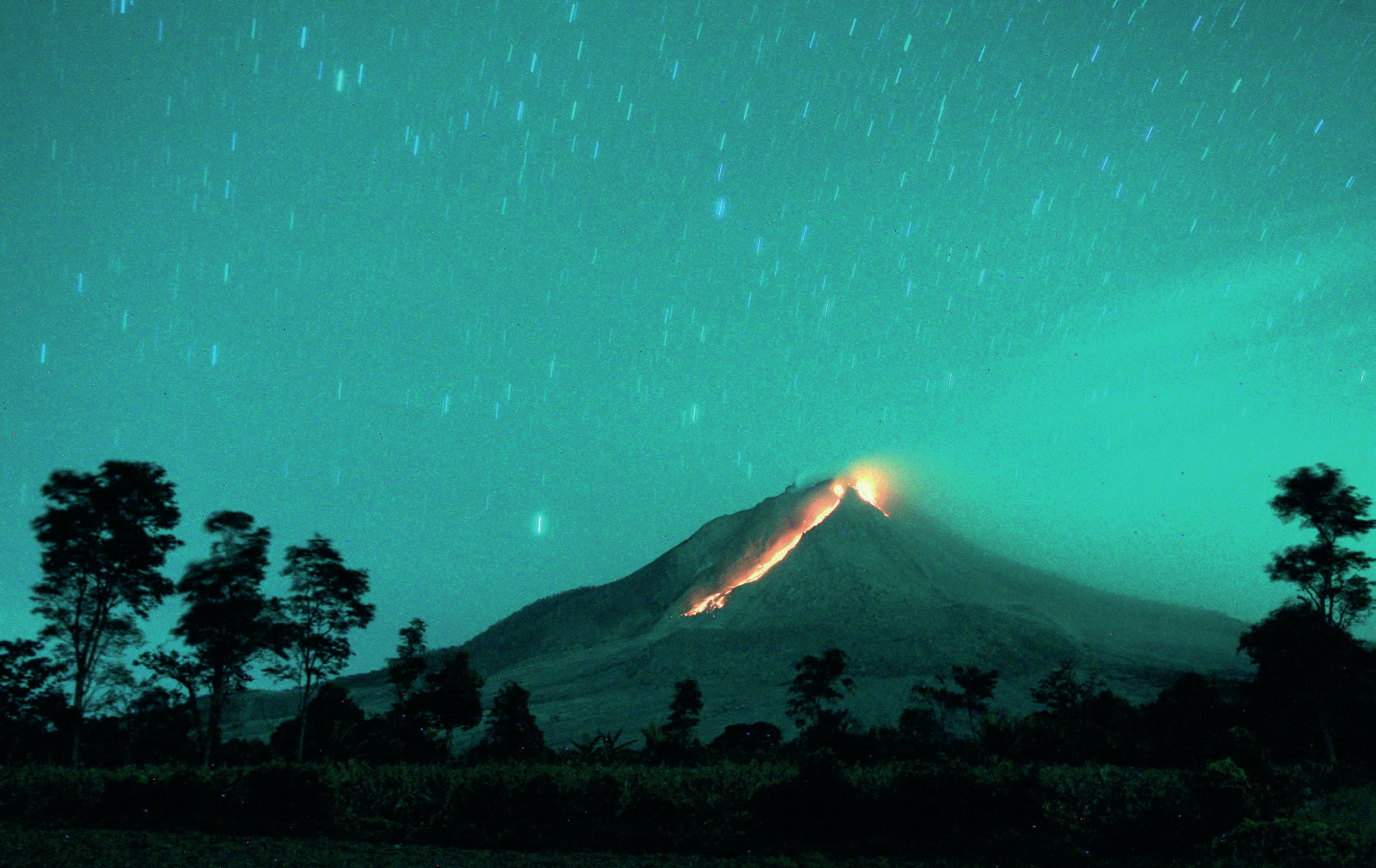
In August 2010, a volcano erupted after being dormant for over 400 years. Mount Sinabung is located in Sumatra in Indonesia (Figure 1). It was created by the subduction of the Indo-Australian Plate under the Eurasian Plate. Its location makes it part of the Pacific ‘Ring of Fire’ and at 4,260 m it is the eleventh highest volcano in Indonesia.
Mount Sinabung is situated on a destructive plate boundary. Volcanoes are formed when the denser tectonic plate, in this case the Indo-Australian Plate, is forced under the less dense plate, the Eurasian Plate. As it is pushed underneath, the increased heat, pressure and friction causes the rock to melt and become magma. This magma rises to the surface, erupts through the crust and cools to form a volcano (Figure 2). Plate movement around the Pacific ‘Ring of Fire’ is frequent and there are 452 active volcanoes in the area.
Your organisation does not have access to this article.
Sign up today to give your students the edge they need to achieve their best grades with subject expertise
Subscribe




